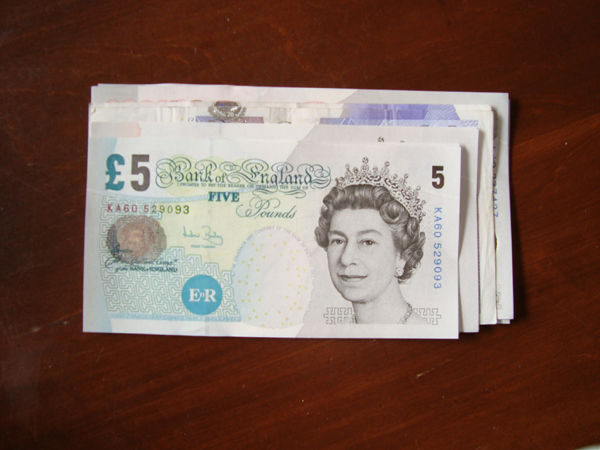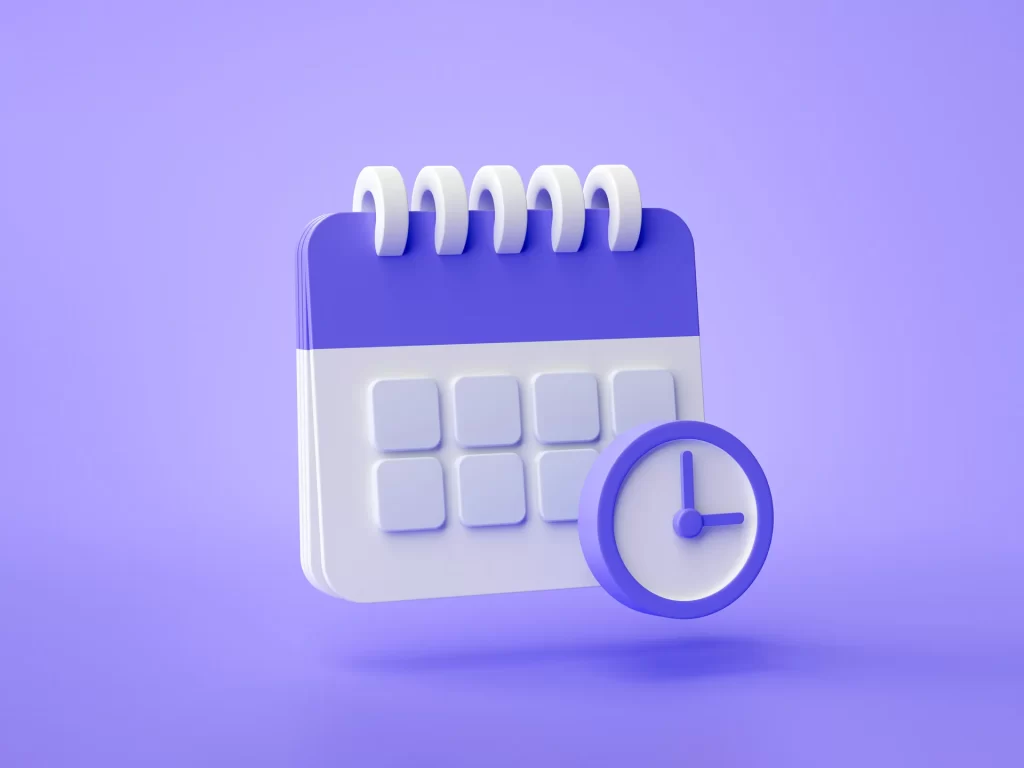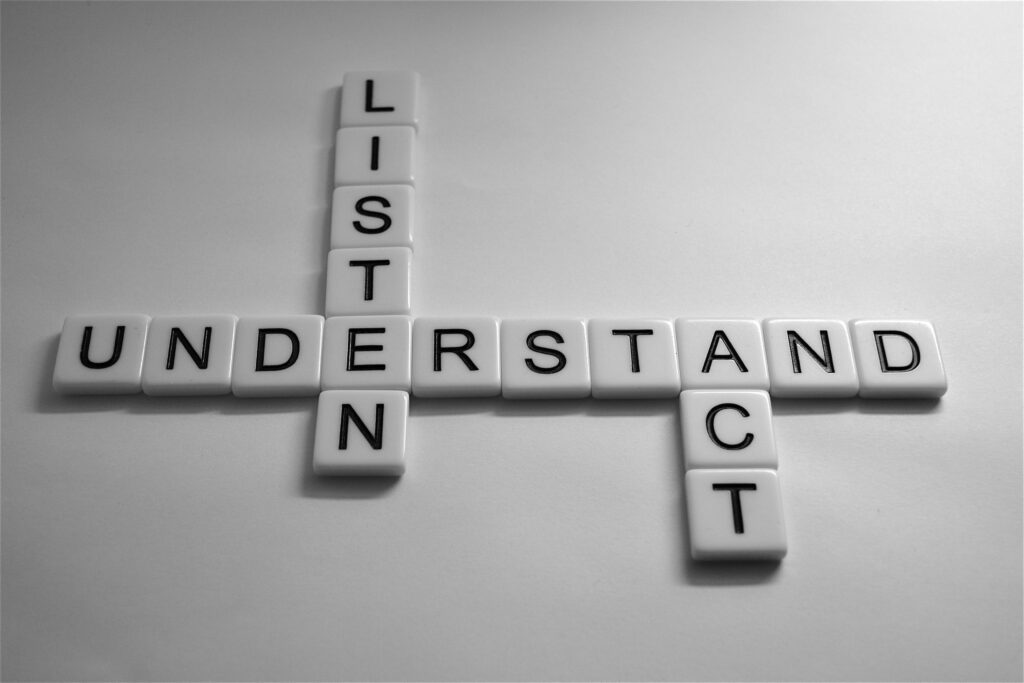Wondering What the pension annual allowance is?
Private pensions offer an extra income source when you retire in the UK, offering financial security when you are no longer working. You also enjoy specific tax relief on the contributions, and the funds can be invested to strengthen your financial health further.
However, within the UK, there is a limit to the contributions. This is called the annual pension allowance. This article offers a detailed insight into this aspect of your private pension.
What is Pension Scheme Annual Allowance?
The annual pension allowance is the maximum permissible amount you contribute to your private pension while receiving tax relief in a given tax year. It means that your contribution will be taxable only if your contribution to your pension pots exceeds the annual allowance.
Since April 6, 2023, the annual allowance is either £60,000 or 100% of the qualifying earnings, applicable whichever value is lower.
What is included in the pension annual allowance?
An individual’s allowance is the sum of the combined private pensions you have if you have more than 1. So, if the allowance is £60,000, it will be a combination of your personal and workplace pension. So you must divide the annual allowance between the two, for example, £30,000 per pension type.
Various Rules Related to Your Pensions Annual Allowance
- You may carry over any unused annual allowance from the last three tax years. For more details, you can check the official website of the UK Government or get in touch with professional accountants.
- Your annual pension allowance may be lower than £60,000 if your income is high and you have been accessing your pension pot flexibly.
- If you have been accessing your pension pot flexibly, your annual allowance will be lower, also called the money purchase annual allowance. For instance, if you have taken mump sum cash from a personal pot or a short-term annuity from a drawdown fund that offers flexible access.
- If your income is high, your annual pension allowance can be tapered or reduced in the ongoing tax year. High income means either your threshold income is more than £200,000 or the adjusted income is more than £260,000. The adjusted income and threshold income limits differ from previous tax years.
If you go above the annual allowance, what happens?

Two things can happen if you exceed the annual allowance. First, you will be taxed on the excess amount, and second, you will be sent a supplement on your tax bill or the annual allowance charge for that tax year.
When you go over and above the permitted personal pension allowance, you will receive a statement from the pension provider about the same. If you have more than one personal pension, it is imperative to ask all the individual providers to send you their statements.
A professional accountant may help you know the difference between your allowance and the annual allowance. The excess amount gets added to the total income for that year. Henceforth, the income tax bill has been recalculated. If the annual allowance charge is more than £2,000, you can have the amount deducted from the pension benefits alternately.
The crux is that if you exceed your annual allowance, you will be taxed. You or your pension provider must pay the tax.
How to go about it?
While doing a self-assessment tax return, you must fill out the ‘Pension savings tax charges’ section to inform HMRC about your tax on annual pension allowance. This applies whether you pay the tax or your pension provider pays for it wholly or partially.
If you are filling out a paper form, you will need to fill out the SA101 form. You can be eligible for tax relief on your private pension contributions above the annual allowance during your
Self-assessment tax returns. This applies in the following cases –
- If you die,
- If you retire due to serious health issues, you withdraw all your pension pots.
What Makes up the Annual Allowance?

Your annual allowance consists of –
- Your pension contributions.
- Contribution your employer makes.
- Tax reliefs
Due to these, you need to meticulously monitor your contributions, especially if you are nearing the limit of your allowance.
Carrying Forward Your Pensions Annual Allowance
As mentioned earlier, you can move forward with your annual allowance. Any unused allowance in the previous three tax years can be carried forward.
Take this example.
Let’s say your salary is £40,000 or more. You have also contributed about £30,000 to your pension account in the following tax years: 2020-21, 2021-22, and 2022-23. This makes you save allowances worth £10,000 every year, totaling about £30,000.
This means that you can add this amount to your 2023-24 allowance this tax year, and if you have the money, you can contribute this additional amount in the tax year. So, if you have the funds, you can contribute a total of £70,000 this tax year.
However, you are not allowed to do this if you are on the Money Purchase Annual Allowance (mentioned below).
Understanding the Annual Allowance for Final Salary Pensions

Defined benefit pensions or final salary pensions work differently than pension pots.
The pot’s size is not definite in this case because it provides guaranteed lifetime earnings. Owing to this, the calculations become more complicated, especially when computing the annual pension allowance.
Working with a financial advisor or asking your pension scheme provider to compute this for you is best.
This is how the allowance is worked out.
- The total personal pension allowance is calculated. This is based on your income.
- The calculations are typically done at the year’s beginning and end.
- The difference between both the figures is taken to be your contribution to the pension.
- If the difference is more than the pension annual allowance, then the annual allowance charges will be applicable.
Annual allowance taper
This applies to people who earn high incomes. From April 6, 2023, onwards, until £260,000 of adjusted income is received, the full annual allowance is received. Over and above this limit, for every £2 of adjusted income, the annual allowance is reduced by £1.
Adjusted income is the sum of your total income and all your pension contributions made in the year that come from sources other than your income.
This continues until a minimum annual pension allowance of £10,000 is reached (as of April 6, 2023, the income limit has increased to £360,000).
Conditions when the pension scheme’s annual allowance can be lower
There are two ways of reducing the annual allowance –
- If you earn £240,000 or more
- Start accessing your pension pots as a trigger event.
A trigger event is when a drawdown scheme is established, but surely not an annuity. Your pension scheme annual allowance is reduced to the MPAA (Money Purchase Annual Allowance), which is £10,000 from April 6, 2023.
Conclusion
Knowing all aspects of pension annual allowance in the UK is necessary to effectively plan for retirement and make the most of your pension contributions.
To find a decent amount to contribute to your pension and how to prevent your contributions from exceeding the pension annual allowance, you need to speak to an expert professional like TaxCan and Cangaf Ltd.
More Helpful links!
https://www.gov.uk/tax-on-your-private-pension/annual-allowance
https://www.gov.uk/guidance/carry-forward-unused-annual-allowances




